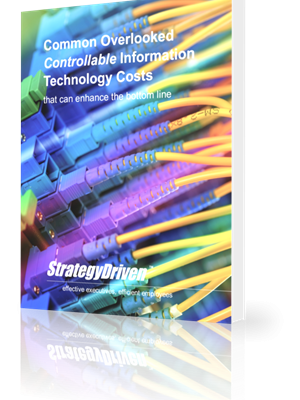Streamlining Your Organization: The Essential Role of Telecom Expense Management Software

In an age where communication technologies are rapidly evolving, managing the associated expenses can be a complex ordeal for any organization. Telecom expense management software has emerged as a crucial tool for companies aiming to optimize their telecom spend while maintaining efficiency and compliance. By providing detailed insights and control over voice, data, and mobile expenses, software like Cimpl is pivotal for contemporary businesses.
Understanding the Role of Telecom Expense Management Software in Today’s Business Ecosystem
Telecom expense management (TEM) software is designed to automate and streamline the management of an organization’s telecommunication expenses. In today’s business ecosystem, companies are inundated with complex invoices from multiple providers, alongside the challenge of constantly changing contracts and rates. TEM software assists in deciphering these complexities, ensuring transparency and accuracy in telecommunications spending.
The importance of TEM software extends beyond merely tracking expenditures. It encompasses inventory management of telecom assets, sourcing, procurement, and even dispute management with carriers. As the workforce becomes increasingly mobile and dependent on a multitude of communication tools, TEM becomes an indispensable asset in managing an organization’s digital communication footprint.
One of the primary objectives of TEM software is cost reduction. By identifying billing errors and non-optimized plans, the software facilitates significant savings. Moreover, it provides analytical tools that can forecast future telecom spending, allowing for better budgeting and financial planning.
Consolidation of services is another benefit provided by TEM. Centralizing contracts and services through TEM platforms can result in more favorable package deals from providers and simplify the management tasks for financial teams.
How Telecom Expense Management Software Enhances Financial Efficiency
At a granular level, TEM software provides an in-depth analysis of voice, data, and mobile service costs. Companies can pinpoint exact usage patterns and identify areas where resources are being wasted. This meticulous tracking aids in maintaining a lean operational budget without compromising the effectiveness of communication tools.
An often overlooked yet critical component of TEM is its role in contract negotiation and compliance. By maintaining a detailed record of historical usage and expenses, organizations enter negotiations with carriers armed with actionable data.
Financial reconciliation processes become more streamlined with TEM software. The software’s ability to detect discrepancies early on reduces the risk of financial leakage and bolsters the overall profitability and accountability of the enterprise.
Furthermore, TEM software aids in the proactive management of resources. Financial officers gain foresight into potential cost spikes or opportunities for cost savings, allowing for tactical adjustments in real time. This level of agility in financial management is a hallmark of a modern, responsive organization.
More profoundly, TEM software engenders a culture of accountability and cost-consciousness within an organization. When teams are aware of the costs associated with their telecom usage, they are more likely to make judicious decisions about their communication behaviors. Consequently, an attitude of fiscal responsibility permeates through the organization, steering it towards sustainable growth and efficiency.
Key Features to Look for in Telecom Expense Management Solutions
When selecting TEM software, several key features are essential for ensuring comprehensive management of telecommunications expenses. Firstly, the software should provide robust reporting and analytics capabilities. These features enable users to generate insightful data visualizations that aid in understanding expense trends and identifying inefficiencies.
The ability to manage the entire lifecycle of telecom assets is another critical feature. From procurement through to disposal, tracking the lifespan of each asset ensures no resources are lost or underutilized. This feature promotes responsible asset management and contributes to overall cost reduction strategies.
Integration capabilities are also pivotal; a TEM solution should seamlessly interface with other business systems, such as HR management and accounting software, to ensure congruent workflows. This integration facilitates automation and helps to avoid the siloing of important data.
Lastly, an ideal TEM should offer contract management tools that automate the tracking of contract terms and renewal dates. This feature can serve as both a reminder system and an analytical tool to evaluate the effectiveness of current contracts, potentially highlighting more cost-effective options or services that better match the organization’s usage patterns.
Overall, telecom expense management software stands as a linchpin for organizations looking to fine-tune their telecommunications budget and enhance operational efficiency. This technology not only boosts financial savvy but also reinforces strategic workflows, ensuring that companies remain agile and responsive in an ever-evolving business landscape.













Leave a Reply
Want to join the discussion?Feel free to contribute!